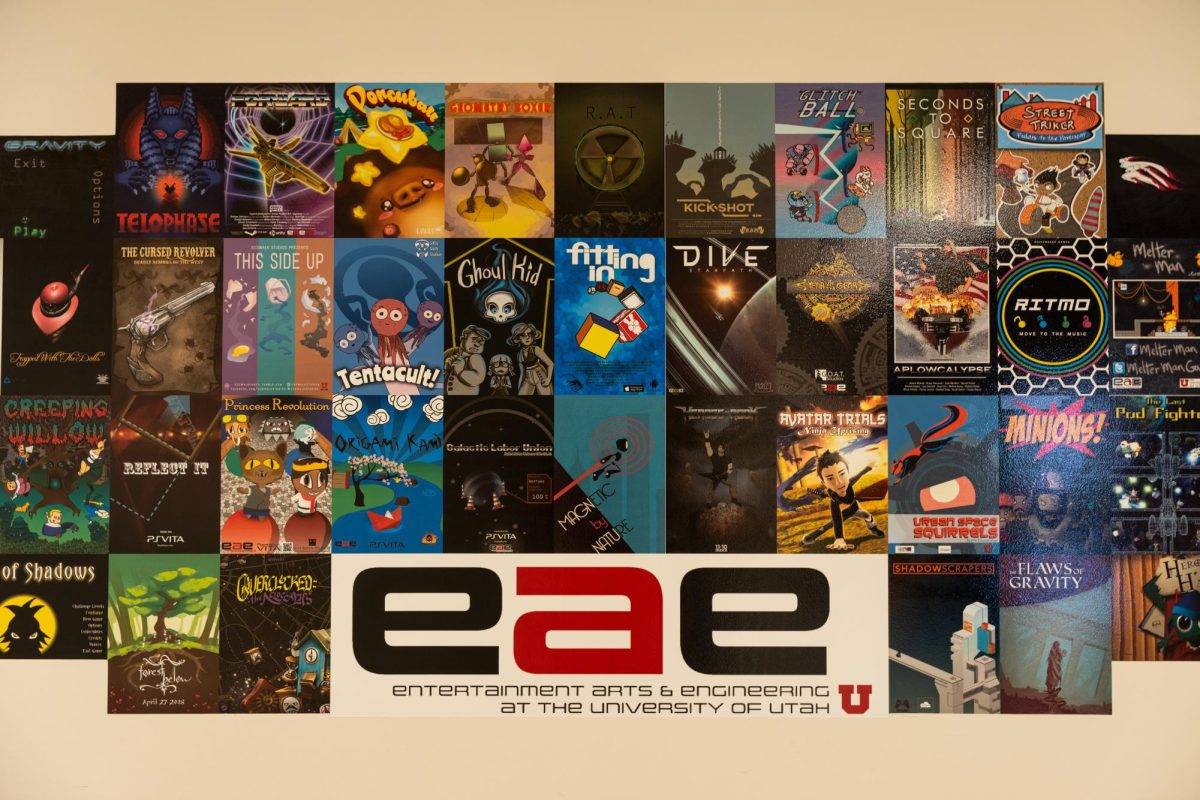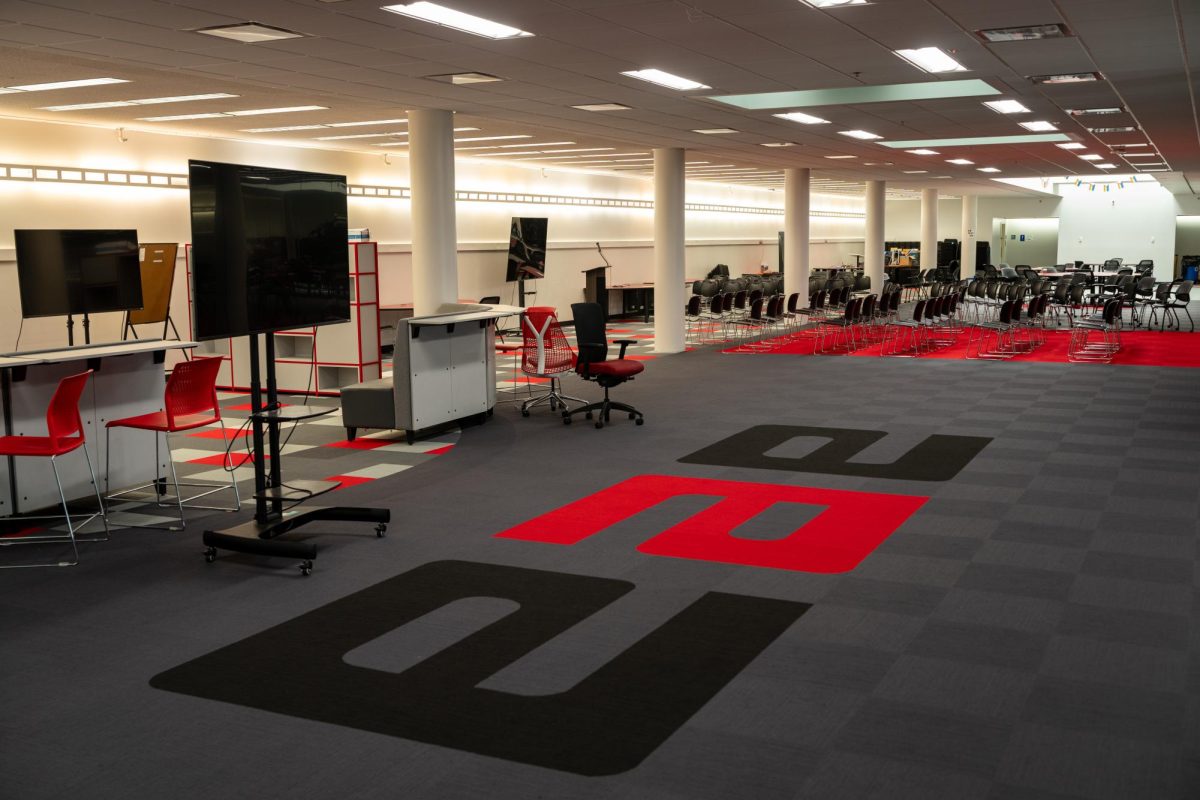Have you ever considered that there could be a science of storytelling or narrative?
According to R. Michael Young, the director and founder of the Liquid Narrative Research Group, the group performs “basic and applied research developing new computational models of narrative to build stories and tell them automatically.”
Taking an interdisciplinary approach, their work contributes to the science of narrative. They draw techniques from cognitive science, computer science, artificial intelligence and arts and humanities. All this serves to “model narrative aspects of human interaction with computer systems,” according to Young.
The group uses models they build by embedding them into games and other virtual worlds. This automatically creates story-like experiences like virtual reality, entertainment games, games for learning, machining generation and virtual worlds for collaboration and social interaction.
The research initiative might sound complicated to someone who isn’t familiar. “In a way, we’re trying to determine what the atomic building blocks of a story are,” Young said. “Then, we use the algorithms to build up brand new stories automatically for use in games.”
The work Young does rests on the boundary between AI, narrative storytelling and cognitive psychology. They use a computational lens to understand how people understand stories themselves at a fundamental level.

Early Beginnings
The Liquid Narrative Research Group started in 1999 when Young was a new assistant professor at North Carolina State University in Raleigh, North Carolina. There, he was trained in AI research.
Young’s graduate work looked at computer models of tasks and how people communicate about them. This made him realize that the same ideas were the very same models that are used in storytelling itself.
This includes “how people understand the stories they hear and how storytellers think when putting together a narrative,” Young said.
So, a group with the challenge to build a science of narrative in the context of games was started.
The “science of narrative” idea follows a model described by Young as being first defined by Herbert Simon, the founder of the field of cognitive science. Simon talked about the science of the artificial. Similar to the natural sciences, sciences of the artificial seek to describe invariant laws within video games, films and other artificial or human-made systems. For example, how tension and suspense arise when you walk down a narrow dark corridor in an action game.
The Liquid Narrative group works to try and figure out what those laws are and how they can then build better games.
The idea of AI models of stories was an idea that Young first heard about in science fiction. When he first read a book called “Computers As Theatre” by Brenda Laurel, who talked about the idea of games and other interactive media and their relationship to performance, it really got him thinking. When Young became a professor, he had a great opportunity to set up a research group forming into what it is today.
At Its Core
Interdisciplinarity is at the core of the research done by the Liquid Narrative group.
“Narrative theorists have thought about how stories work very deeply at least since Aristotle,” Young said. “There is so much understanding there about story and how we tell tales. Similarly, cognitive psychologists have studied how we understand stories we hear, read or watch for decades. They have real insights into how our mind works to understand them.”
Understanding the research values of each contributing discipline is key to the group’s success. Without it, they wouldn’t be able to leverage the collective knowledge into design algorithms that approach human story-generation abilities.
Young is a professor in both the division of games and the philosophy department here at the University of Utah. The two fields naturally overlap and lend themselves to the work done at the Liquid Narrative Group.
One element of the department of philosophy is its strength in cognitive science.
“The study of the human mind and brain that focuses on how the mind represents and manipulates knowledge. As well as how mental representations and processes are realized in the brain,” Young said.
For example, one approach to game design, Young said, takes a very player-centered view. How will the player reason about a puzzle? What will the player consider as options to move a game level forward? Will the player feel suspense, tension or happiness? Young said that the intersection of cognitive science and game design is where he does most of his work.
The U’s “Liquid Narrative Research Group” is an innovative and exploratory space cracking the code on storytelling and its many modes and building blocks. Check them out at liquidnarrative.eae.utah.edu.



